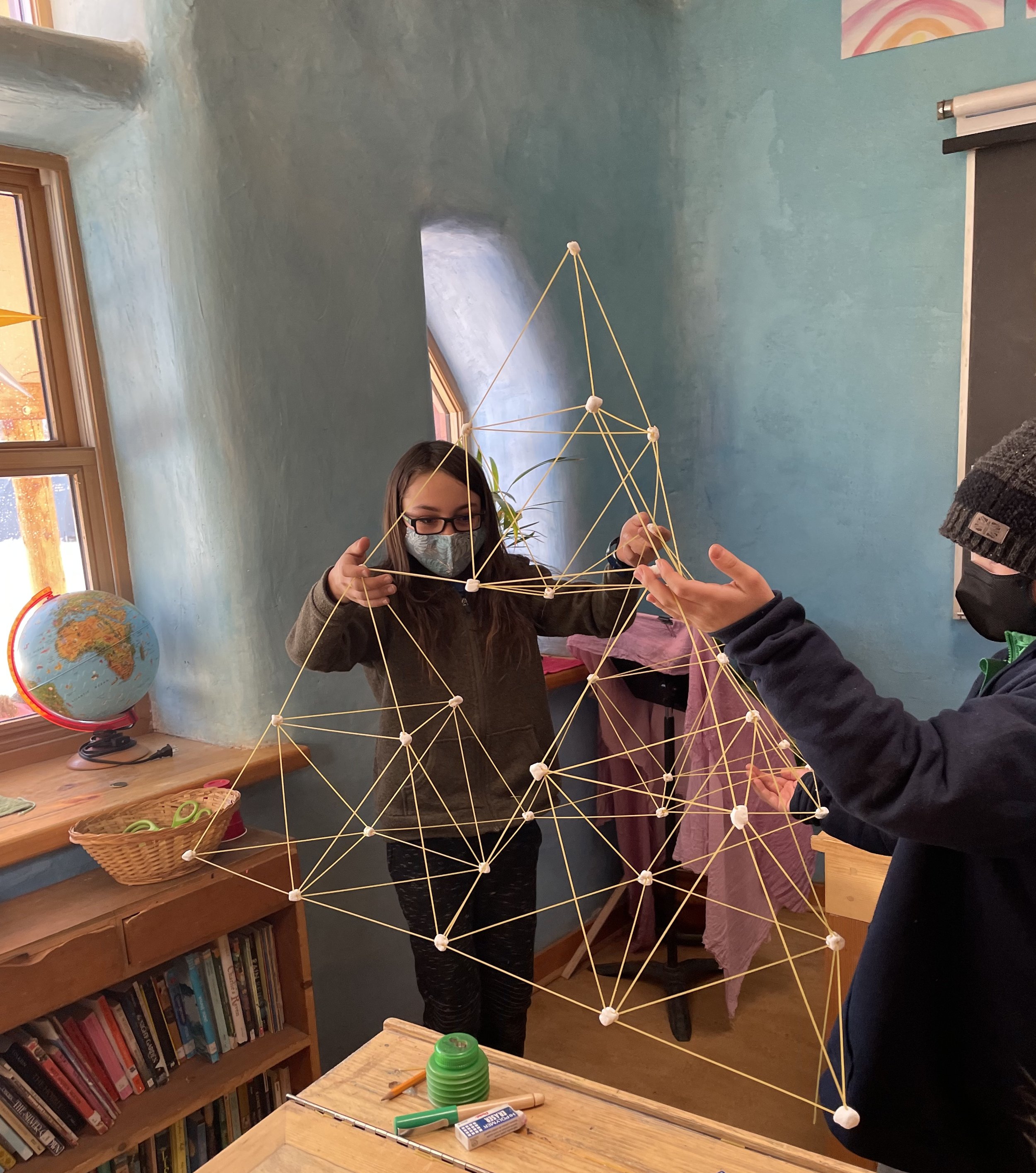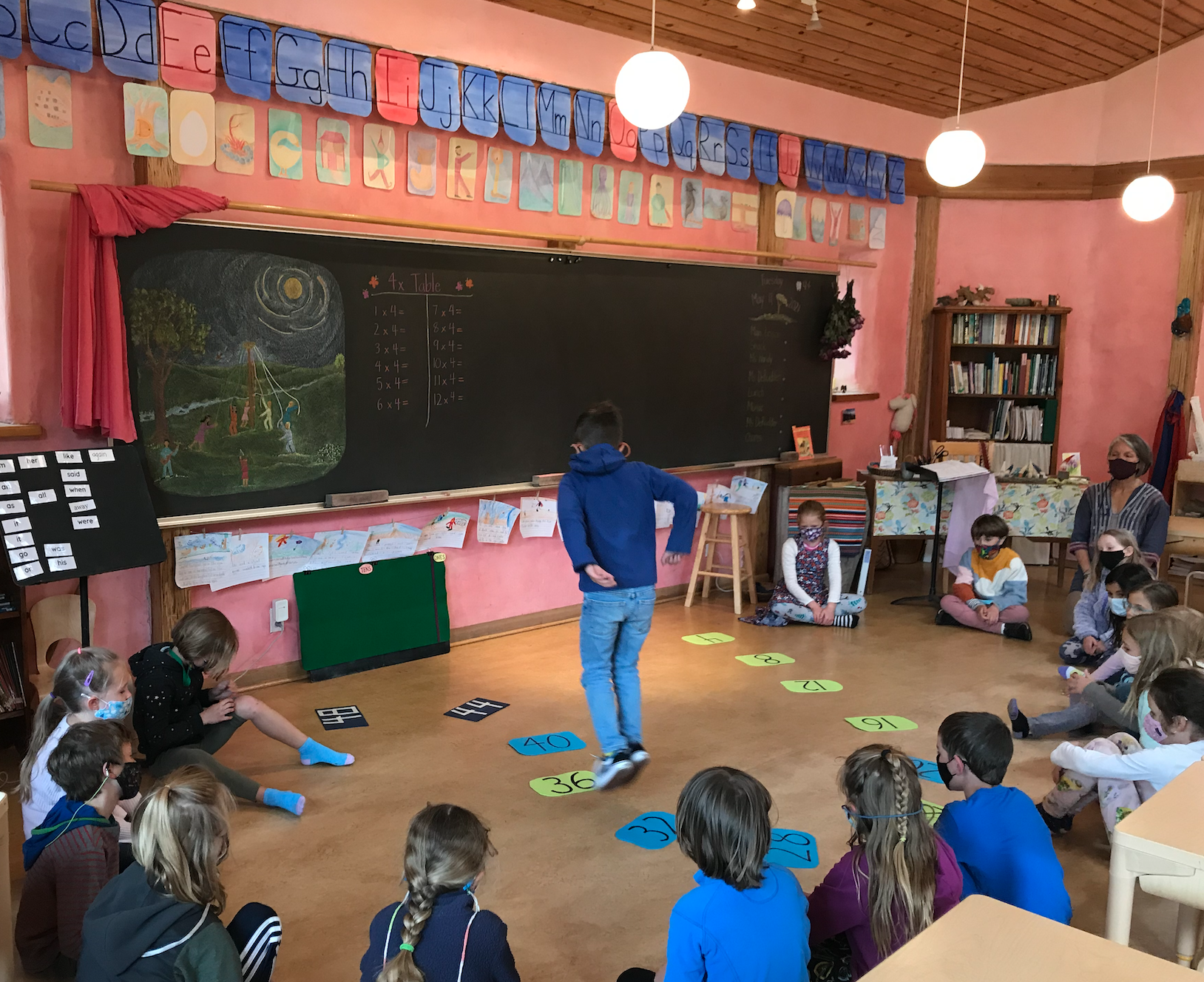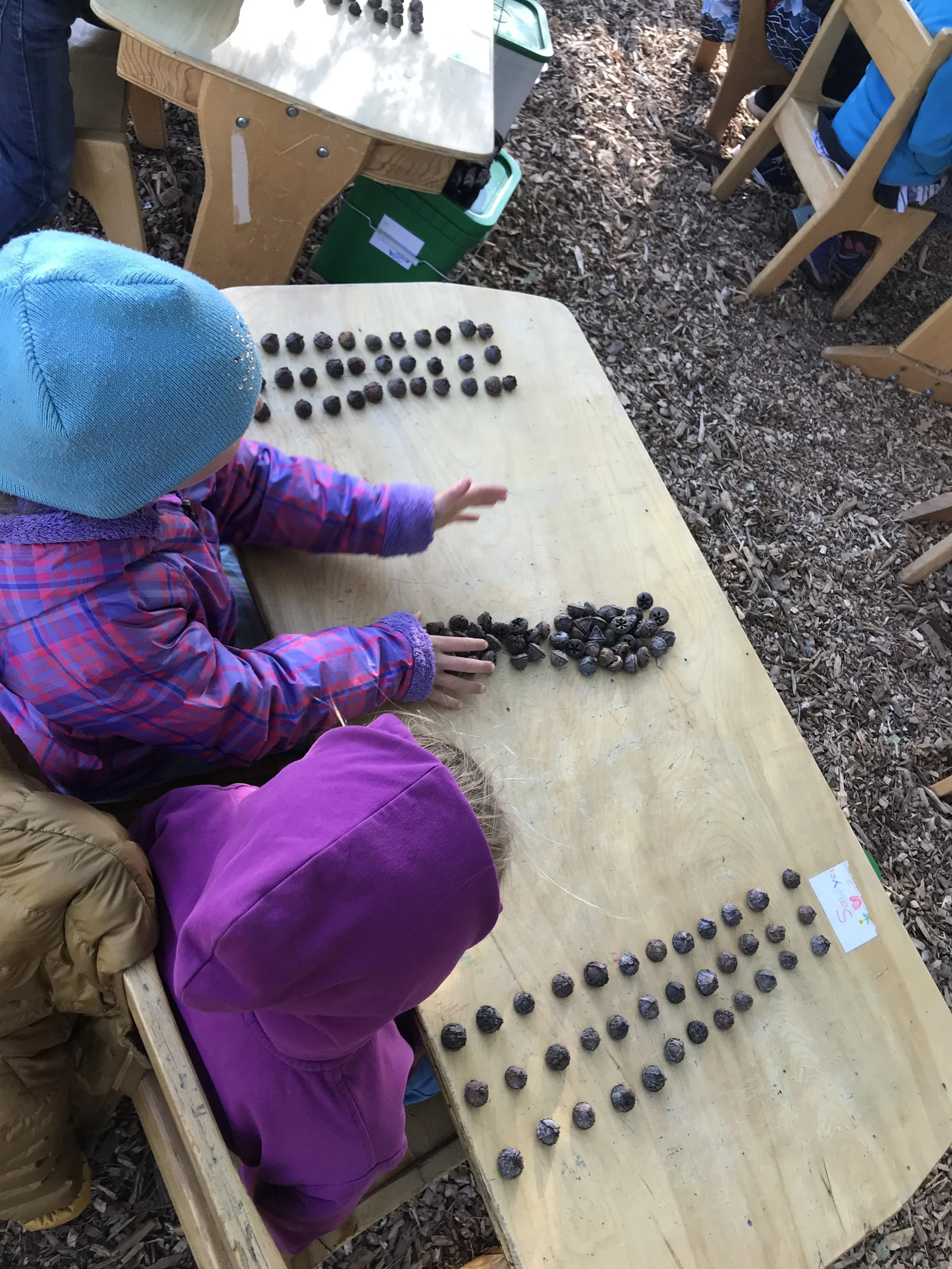Spotlight: Math in Waldorf Education
We often hear: Isn’t the Waldorf School an art only school?
We love this question because it opens a door. A door to explore the integration between arts and academics that research has shown, supports deeper, more meaningful learning. In Waldorf Education, our goal is to nurture life-long learners who are capable of creative problem solving, flexible thinking and out of the box ideas to tackle challenges. Our approach to academics therefore, never takes just one path. Instead, all the subjects, from math to literature are entangled in multiple delivery modes and also integrated with other curriculum components. In Waldorf Education, academics are a given starting point and taken farther by considering the human capacities entangled with the academics at stake. Substantial research has shown that an integrated approach to Math learning has a profound impact on long term student success.
What has research shown about the Waldorf Education approach to Math?
An in-depth study by Stanford University of the Waldorf educational method in place at a public school in Sacramento, CA found that students in the Waldorf School outperformed their peers in other public schools in their district in math. The most gains were seen among African American, Latino, economically disadvantaged students and other traditionally underserved students. The researchers found that in Waldorf education math is taught in multiple ways. Students move their math, sing their math, paint, draw and build their math, and it is brought into other lessons like history.
This way of teaching is more approachable and enjoyable for all students which directly translates to their learning quality. Academics are able to flourish when a focus is also placed on how “the school attends to children’s social-emotional, physical, and artistic development and how this focus has profoundly shaped its graduates into the young adults they are today.” (Source to read the full article here: Research from Stanford University)
How is Math approached in Waldorf Education?
Math doesn’t live on worksheets. Instead, Math comes alive for our students as they clap, stomp, jump or sing their multiplication tables. Our students can often be found out of their seats and moving around in order to solve a math problem or working with their peers to answer a complex question in the Middle School. Or working with manipulative objects such as nuts or gems in order to better visualize the 3s times table for example. A math concept, such as geometry, takes the form of drawing, creating shapes with string or noodles before equations are applied to angles, radius or surface calculations. In other words, math is always delivered through multiple learning channels: verbal, auditory, visual, hands on. Math is also interwoven daily into Main Lesson blocks. Even those not focused on math, find ways to integrate it such as a daily number on the board in the lower grades or a morning math challenge in the upper grades. This integrated approach is then further support by twice weekly subject classes focused on math for all our students.
Why does this matter? Because math interwoven into curriculum in an intentional way helps support positive learning experiences and the chance for our students to know and understand math, rather than rely on memorization which results in short term remembering. Our goal is to nurture long term depth and understanding around academic subjects and a joy of learning.
The research from Stanford University found that “within the context of sustained relationships, instruction in the Waldorf-inspired classroom is built from several key ideas:
1. The teacher teaches the child rather than the subject
2. Every child develops at his or her own pace
3. Children move through different developmental stages in which they need different learning environments to thrive
4. Children access learning through multiple learning modalities: art, music, handwork, movement, speech, reading, storytelling, hands-on experimentation, practical life skills, and connection to nature. These modalities are taught both discretely and through an interdisciplinary approach
5. Teachers monitor and respond to children’s developmental stages and optimal learning modalities by adjusting their instruction, including the needs of special education students and English Language Learners
6. Long-term relationships with teachers support students’ development” (Source: Stanford University)
Ready to learn more about the difference with Waldorf Education and an education that prepares students for life? If you are have more questions about our programs or wish to schedule a campus tour, please contact us below.




